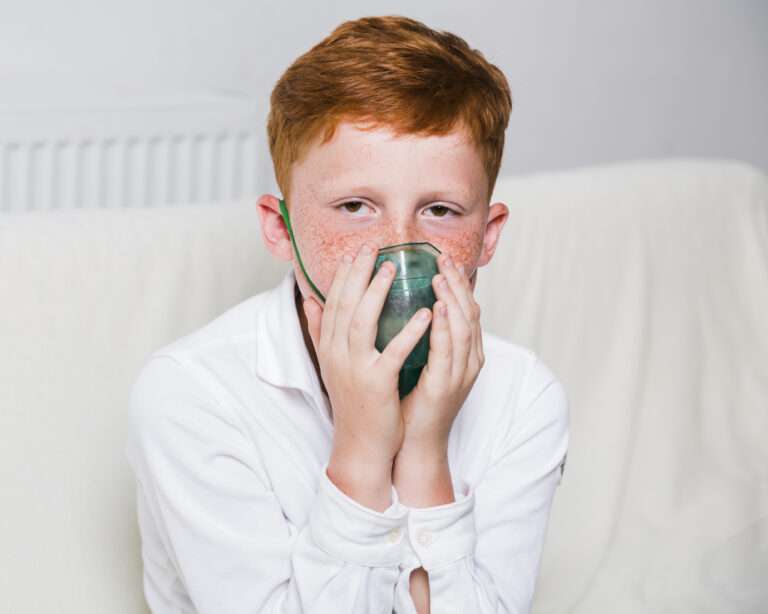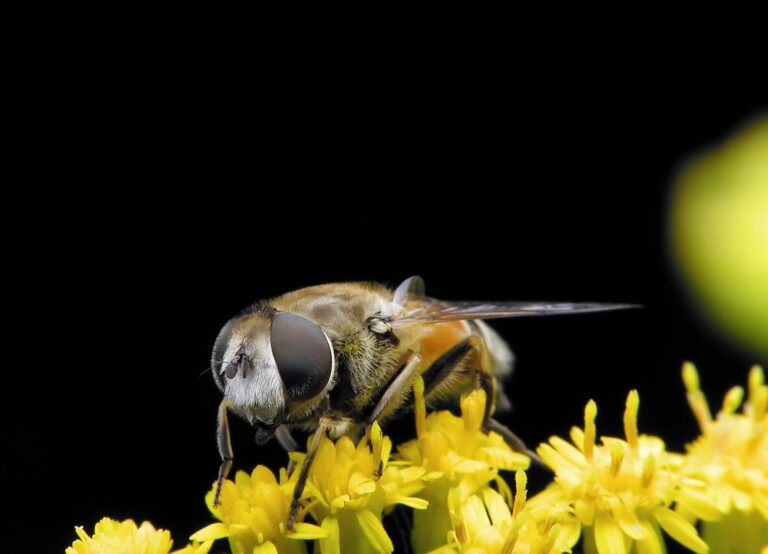Allergic reactions in children
Allergic reactions in children occur when the immune system overreacts to a substance (allergen) that is typically harmless to most people. These reactions can range from mild to severe and may affect various parts of the body. It’s essential for parents and caregivers to be aware of common allergens, recognize the signs of allergic reactions, and know how to respond appropriately. Here’s what you need to know:
Common Allergens:
- Food Allergens: Common food allergens in children include milk, eggs, peanuts, tree nuts (such as almonds and cashews), soy, wheat, fish, and shellfish.
- Insect Stings: Insect venom from bees, wasps, hornets, and yellow jackets can trigger allergic reactions.
- Medications: Certain medications, such as antibiotics (e.g., penicillin) and nonsteroidal anti-inflammatory drugs (NSAIDs), can cause allergic reactions.
- Pollen: Seasonal allergies to pollen from trees, grasses, and weeds can affect some children.
- Animal Allergens: Allergens from pets like cats, dogs, and rodents can lead to allergic reactions.
- Latex: Latex allergy can result from exposure to latex products like gloves, balloons, or medical equipment.
Types of Allergic Reactions:
- Mild Allergic Reactions: These may involve localized symptoms, such as hives (itchy red welts), a runny or stuffy nose, sneezing, or mild gastrointestinal discomfort.
- Moderate Allergic Reactions: These can include symptoms like swelling of the face, lips, or tongue, difficulty swallowing or breathing, and abdominal cramps.
- Severe Allergic Reactions (Anaphylaxis): Anaphylaxis is a severe and potentially life-threatening allergic reaction that requires immediate medical attention. Symptoms can include:
- Difficulty breathing or wheezing.
- Swelling of the throat, which can cause difficulty swallowing or speaking.
- Rapid, weak pulse.
- Severe hives or widespread itching.
- Confusion or loss of consciousness.
- Severe abdominal pain or vomiting.
- Drop in blood pressure.
Management and Treatment:
- In the event of a mild to moderate allergic reaction, antihistamines or corticosteroids may be administered to alleviate symptoms.
- In cases of anaphylaxis, immediate action is crucial:
- Administer epinephrine using an auto-injector (e.g., EpiPen) if available and prescribed.
- Call 911 or seek emergency medical help immediately.
- Keep the child lying down with their legs elevated to help maintain blood flow.
- Offer reassurance and monitor the child’s vital signs.
Prevention:
- The best way to prevent allergic reactions in children is to identify allergens and take steps to avoid them.
- If a child has known allergies, caregivers should educate themselves and others (teachers, family members, friends) about the child’s allergens and how to respond to an allergic reaction.
- In some cases, allergen-specific immunotherapy (allergy shots) may be recommended by an allergist to reduce allergic sensitivity.
Parents and caregivers of children with allergies should have an anaphylaxis action plan in place, which includes carrying epinephrine and knowing how to use it. Regular communication with healthcare providers, allergists, and school personnel is essential to manage allergies effectively and keep children safe.
------------From our Sponsors------------









